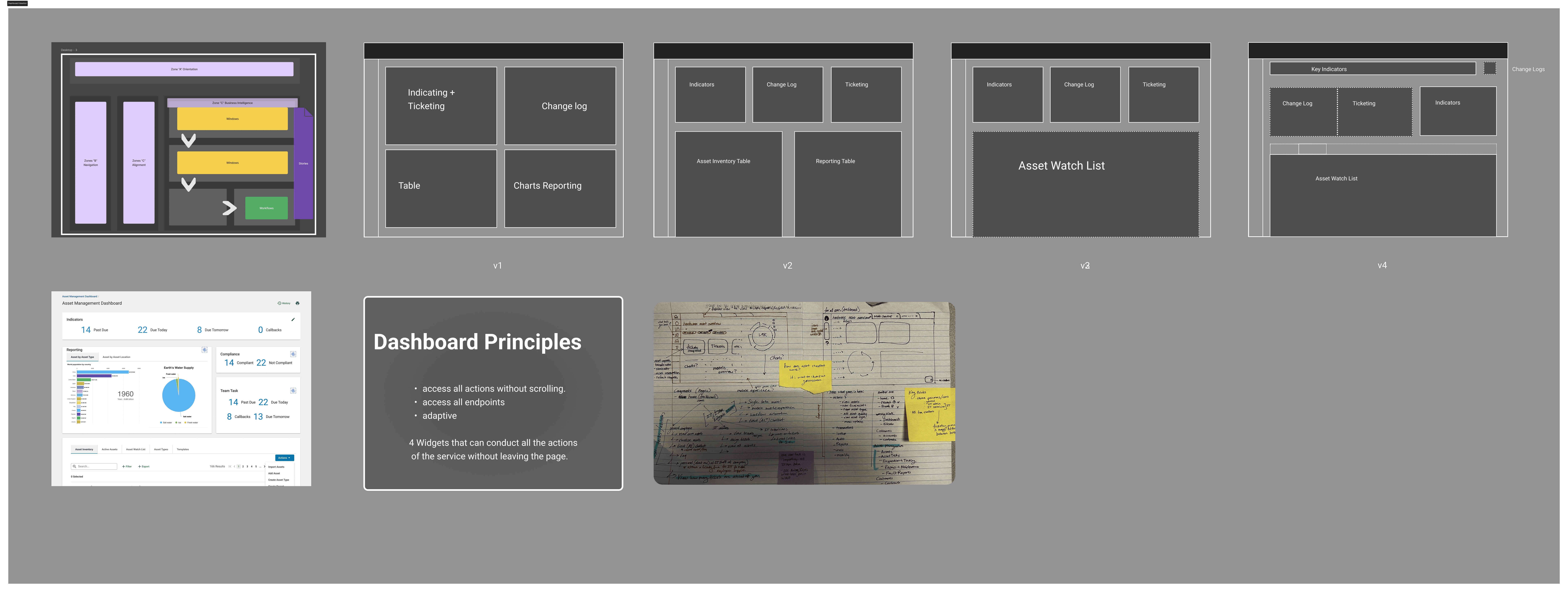My Role
Product Design
Product Design
Timeline
05.24-08.24
05.24-08.24
Tools
Figma, Dovetail, Confluence
Figma, Dovetail, Confluence
Project Type
Project
SaaS, Dashboard
SaaS, Dashboard
A centralized platform that syncs IT & HR,
and gives teams real-time visibility into an asset’s lifecycle.
A centralized platform that syncs IT & HR,
and gives teams real-time visibility into an asset’s lifecycle.
Designed a scalable system from research to high-fidelity prototypes, collaborating closely with product managers to align on user needs, technical feasibility, and phased rollout.
Team of 5
Team of 5
Worked with product managers, IT stakeholders, and UX researchers to define requirements and flows.
8 Flows
8 Flows
Mapped and designed the core asset lifecycle — from request to decommission — for both desktop and mobile.

Problem
Manual processes and fragmented systems slow down IT teams
Manual processes and fragmented systems slow down IT teams
IT teams were struggling with fragmented systems, manual workflows, and delayed asset deployment, leading to wasted resources, slow rollouts, and poor visibility.
IT teams were struggling with fragmented systems, manual workflows, and delayed asset deployment, leading to wasted resources, slow rollouts, and poor visibility.
Wasted Resources – 10-15% of IT budgets go to unused software.
Wasted Resources – 10-15% of IT budgets go to unused software.
Deployment Delays – 64% of IT pros report 14-day average delays in new device rollouts.
Deployment Delays – 64% of IT pros report 14-day average delays in new device rollouts.
Poor Asset Visibility – Many organizations lack full inventory tracking.
Poor Asset Visibility – Many organizations lack full inventory tracking.
IT & HR Disconnect – Miscommunication & Manual work causes errors.
IT & HR Disconnect – Miscommunication & Manual work causes errors.
Research
Turning Insights into an Asset Management Blueprint
Turning Insights into an Asset Management Blueprint
I kicked off the project with in-depth stakeholder interviews to uncover real pain points in IT asset management. I spoke with project managers, directors, and product leads, gathering insights that shaped every design decision.
From this, I built three key personas—John (IT Admin), Sarah (Marketing), and Bryan (IT Technician)
Bryan became the core persona, guiding our focus on deployment, ticketing, and asset maintenance to support the frontline of IT operations.
I kicked off the project with in-depth stakeholder interviews to uncover real pain points in IT asset management. I spoke with project managers, directors, and product leads, gathering insights that shaped every design decision.
From this, I built three key personas—John (IT Admin), Sarah (Marketing), and Bryan (IT Technician)
Bryan became the core persona, guiding our focus on deployment, ticketing, and asset maintenance to support the frontline of IT operations.
Bryan,
Focused on deployment workflows, ticket resolution, and asset maintenance
Bryan,
Focused on deployment workflows, ticket resolution, and asset maintenance


Competitive Analysis (Visual: Competitor Matrix)
Benchmarked 8 asset management tools
Identified gaps in usability, integrations, and reporting
Value proposition:
single dashboard, multi-asset automation, and IT–HR sync
Competitive Analysis (Visual: Competitor Matrix)
Benchmarked 8 asset management tools
Identified gaps in usability, integrations, and reporting
Value proposition:
single dashboard, multi-asset automation, and IT–HR sync

Scoping
Phased roadmap → automate → intelligence
Phased roadmap → automate → intelligence

I mapped the product scope as a phased cycle — starting with a core dashboard to manage individual assets, expanding into automation and cross-platform communication, and ultimately building intelligence that could generate reports, self-update, and integrate across the organization.
I mapped the product scope as a phased cycle — starting with a core dashboard to manage individual assets, expanding into automation and cross-platform communication, and ultimately building intelligence that could generate reports, self-update, and integrate across the organization.

Design Process
How I planned my designs,
How I planned my designs,
Desktop Userflow,

Mobile Userflow,

Site Map,

Dashboard Planning,

Iterations
Initial Steps,
Initial Steps,
Iteration #1

The first version focused on getting the essentials on screen—quick asset views, reporting, and move requests—but real-world feedback showed gaps in depth.
In Iteration #2, I expanded into detailed asset records, added ownership and financial tracking, and streamlined navigation to make managing complex inventories faster and more intuitive.
The first version focused on getting the essentials on screen—quick asset views, reporting, and move requests—but real-world feedback showed gaps in depth.
In Iteration #2, I expanded into detailed asset records, added ownership and financial tracking, and streamlined navigation to make managing complex inventories faster and more intuitive.
Iteration #2

User Testing
Testing out the Userflow,
Testing out the Userflow,

We put the designs in front of real IT technicians and watched them work. Most breezed through adding and viewing assets, but check-out slowed them down.
Their feedback — navigation felt clunky.
So then I streamlined the path, cut unnecessary clicks, and clarified statuses, turning a bottleneck into a smooth, fast handoff.
We put the designs in front of real IT technicians and watched them work. Most breezed through adding and viewing assets, but check-out slowed them down.
Their feedback — navigation felt clunky.
So then I streamlined the path, cut unnecessary clicks, and clarified statuses, turning a bottleneck into a smooth, fast handoff.
Hi-Fi
Final Designs,

This project sharpened my ability to balance business goals with user needs, innovate through user-centric design, and manage scope under pressure—strengthening my UX/UI, roadmap planning, and cross-functional leadership skills.
This project sharpened my ability to balance business goals with user needs, innovate through user-centric design, and manage scope under pressure—strengthening my UX/UI, roadmap planning, and cross-functional leadership skills.
“Art is solving problems that cannot be formulated before they have been solved. The shaping of the question is part of the answer.”
Pete Hein, Architect, Poet & Mathematician
“Art is solving problems that cannot be formulated before they have been solved. The shaping of the question is part of the answer.”
Pete Hein, Architect, Poet & Mathematician